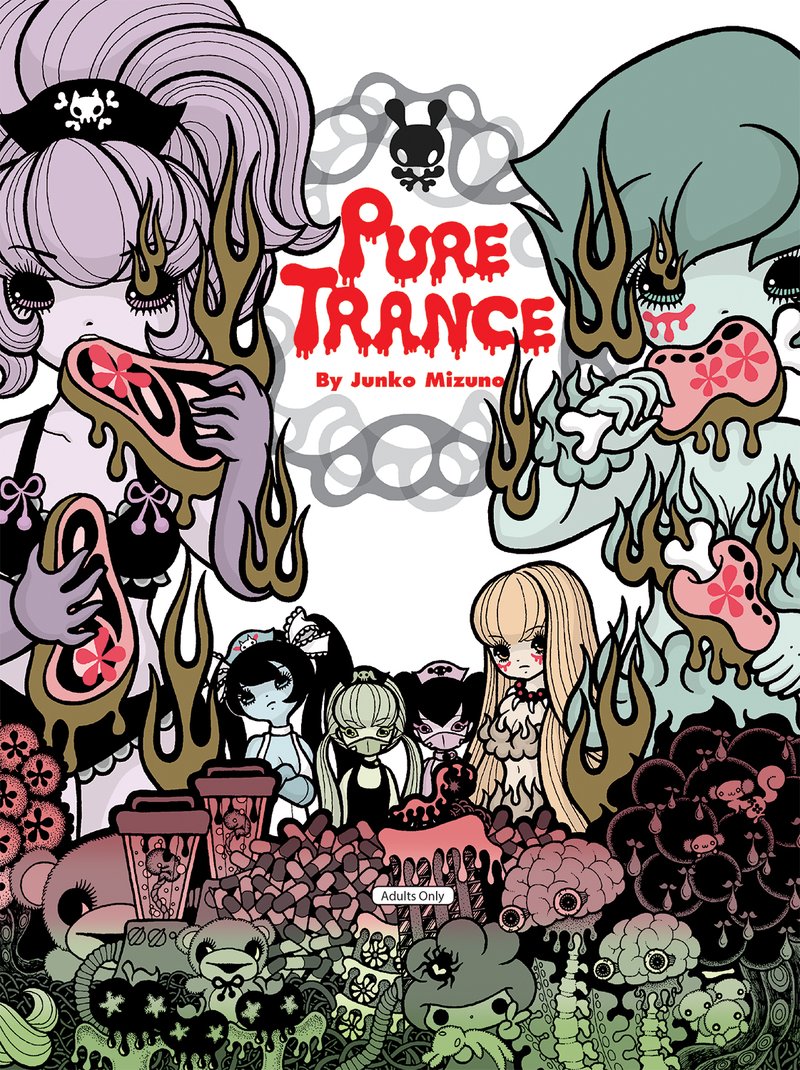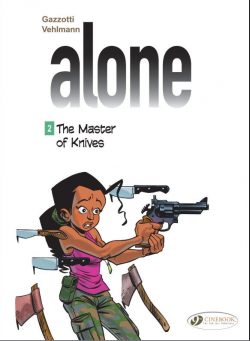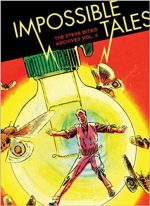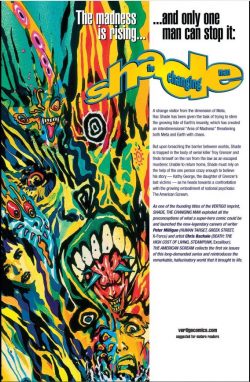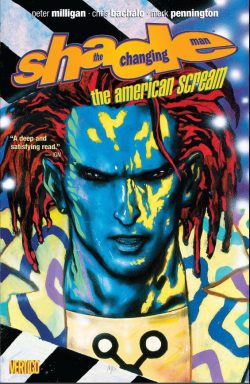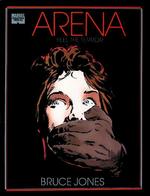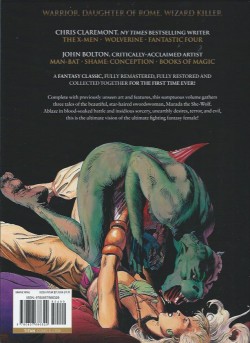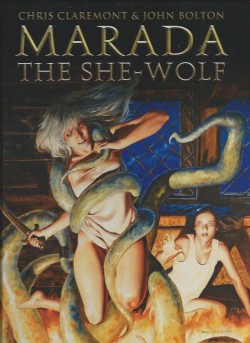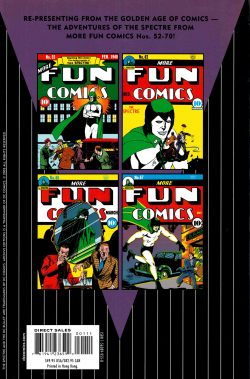
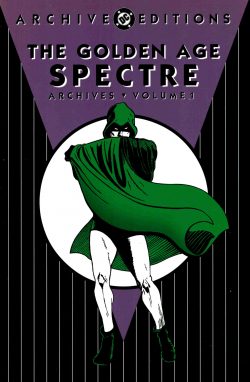
By Jerry Siegel & Bernard Baily with various (DC Comics)
ISBN: 978-1-5638-9955-3 (HB)
There are a lot of comics anniversaries this year. Many will be rightly celebrated, but it appears that some few are going to be unjustly ignored. As a feverish fanboy wedged firmly in the past, I’m abusing my privileges here to kvetch yet again about another brilliant vintage book, criminally out of print and not slated for revival either physically or in digital formats. That means I’ll be occasionally recommending some items that might be a bit hard to find. But at least that means you might be buying from those poor beleaguered comics shops and specialists desperately in need of your support now, rather than some faceless corporate internet emporium…
In fact, considering the state of the market, how come DC doesn’t just convert its entire old Archive line into eBooks and win back a few veteran fans? Don’t ask me, I only work here…
The Spectre is one of the oldest characters in DC’s vast stable of characters, created by Jerry Siegel and Bernard Baily in 1939 before debuting with a 2-part origin epic in More Fun Comics #52 and 53 (cover-dated February and March 1940). He was the first superhero to star in the previously all-genres adventure anthology. For a few years, the Ghostly Guardian reigned supreme in the title with flamboyant and eerily eccentric supernatural thrillers, but gradually slipped from popularity as firstly Dr. Fate and successively Johnny Quick, Aquaman, Green Arrow and finally Superboy turned up to steal the show.
By the time of his last appearance in More Fun #101 February 1945, the Spectre had been reduced to a foil for his own comedic sidekick Percival Popp, the Super-Cop…
Just like Siegel’s other iconic creation, the Dark Man suffered from a basic design flaw: he was just too darn powerful. Unlike the vigorously vital and earthy early Superman however, the ethereal champion of justice was already dead, so he couldn’t be logically or dramatically imperilled. Of course, in those far-off early days that wasn’t nearly as important as sheer spectacle: grabbing the reader’s utter attention and keeping it stoked to a fantastic fever pitch. This the Grim Ghost could do with ease and always-increasing intensity.
Re-presenting the first 19 eerie episodes and following a fulsome Foreword from pre-eminent Comics historian Dr. Jerry Bails, detailing the state of play within the budding marketplace during those last months of the 1930s, the arcane action in this astoundingly enticing full-colour deluxe hardback collection commences with ‘The Spectre: Introduction’ from More Fun Comics #52.
This wasn’t the actual title: like so many strips of those early days, most stories didn’t have individual titles and have been only retroactively designated for compilations such as this.
The Ghostly Guardian was only barely glimpsed in this initial instalment. Instead, the action rests upon hard-bitten police detective Jim Corrigan, who is about to wed rich heiress Clarice Winston when they are abducted by mobster Gat Benson. Stuffed into a barrel of cement and pitched off a pier, Corrigan dies and goes to his eternal reward.
Almost…
Rather than finding Paradise and peace, Corrigan’s spirit is accosted by a glowing light and disembodied voice which, over his strident protests, orders him return to Earth to fight crime and evil until all vestiges of them are gone…
Standing on the seabed and looking at his own corpse, Corrigan began his mission by going after his own killers…
In #53 ‘The Spectre Strikes’ find the outraged revenant swiftly, mercilessly and horrifically ending his murderers and saving Clarice, before calling off the engagement and moving out of the digs he shared with fellow cop and best friend Wayne Grant. After all, a cold, dead man has no need for the living…
The origin ends with Corrigan implausibly sewing himself a green and white costume and swearing to eradicate all crime…
Splendidly daft, this 2-part yarn comprises one of the darkest and most memorable origins in comic book annals and the feature only got better with each issue as the bitter, increasingly isolated lawman swiftly grows into most overwhelmingly powerful hero of the Golden Age.
In MFC #54 the Supernatural Sentinel tackled ‘The Spiritualist’, a murderous medium and unscrupulous charlatan who almost kills Clarice and forever ends the Spectre’s hopes for eternal rest, after which #55 introduces ‘Zor’: a ghost of far greater vintage and power, dedicated to promulgating evil on Earth. He too menaces Clarice and only the intervention of the Heavenly Voice and a quick upgrade in phantasmal power enables The Spectre to overcome his malign menace.
More Fun Comics #56 was the first to feature Howard Sherman’s Dr. Fate on the cover but the Spectre was still the big attraction, even if the merely mundane bandits and blackmailers instigating ‘Terror at Lytell’s’ are no match for the ever-inventive wrathful wraith. Far more serious was ‘The Return of Zor’ in #57, as the horrific haunt escapes from beyond to frame Corrigan for murder and again endanger the girl Jim dare not love…
An embezzler turns to murder as ‘The Arsonist’ in #58, but is no match for the cop – let alone his eldritch alter ego – whilst ‘The Fur Hi-Jackers’ actually succeed in killing the cop, yet are still suffer the Spectre’s unique brand of justice.
In #60, ‘The Menace of Xnon’ sees a super-scientist using incredible inventions to frame the ghost – and even menace his ethereal existence – prompting The Voice to again increase its servant’s power. This means giving The Spectre the all-powerful Ring of Life – but not before the Ghostly Guardian has been branded Public Enemy No. 1.
With Corrigan now ordered to arrest his spectral other self on sight, #61 (another Dr. Fate cover) features ‘The Golden Curse Deaths’ wherein prominent citizens perish from a scientific terror with a deadly Midas Touch, after which ‘The Mad Creation of Professor Fenton’ pits the Phantom Protector against a roving, ravaging, disembodied mutant super-brain…
In #63, a kill-crazy racketeer gets his just deserts in the electric chair only to return and personally execute ‘Trigger Daniels’ Death Curse’ upon all who opposed him in life. Happily, The Spectre proves to be more than his match whereas ‘The Ghost of Elmer Watson’ is a far harder foe to face. Murdered by mobsters who also nearly kill Wayne Grant, the remnant of the vengeful dead man refuses to listen to The Spectre’s brand of reason. Thus, its dreadful depredations must be dealt with in fearsome fashion…
‘Dr. Mephisto’ was a spiritualist who utilised an uncanny blue flame for crime in #65, after which the Ghostly Guardian battles horrendous monsters called forth from ‘The World Within the Paintings’ (probably written by the series’ first guest writer Gardner Fox), before Siegel returns with ‘The Incredible Robberies’ putting the phantom policeman into fearful combat with diabolical mystic Deeja Kathoon to the death and beyond…
With MFC #68 The Spectre finally lost his protracted cover battle to Dr. Fate even though, inside, the ‘Menace of the Dark Planet’ features a fabulously telling tale of Earthbound Spirit against alien invasion by life-leeching Little Green Men. In his next exploit ‘The Strangler’ murders lead Corrigan into an improbable case with an impossible killer…
This terrifying titanic tome terminates with issue #70 and ‘The Crimson Circle Mystery Society’ in which a sinister cult employs a merciless phantasmal psychic agent named Bandar to carry out its deadly schemes…
Although still a mighty force of fun and fearful entertainment, The Spectre’s Glory Days and Nights were waning and more credible champions were coming to the fore. He would be one of the first casualties of the post-War decline in mystery men and not be seen again until the Silver Age 1960’s…
Moreover, when he did return to comics, the previously omnipotent ghost was given strict limits and as he continued to evolve through various returns, refits and reboots The Spectre was finally transmogrified into a tormented mortal soul bonded inescapably to the actual embodiment of the biblical Wrath of God. Revamped and revived in perpetuity, revealed to be the Spirit of Vengeance wedded to a human conscience, Jim Corrigan was finally laid to rest in the 1990s and HalGreen Lantern) Jordan replaced him. Returning to basics in more recent years, the next host was murdered Gotham City cop Crispus Allen.
They’re all worth tracking down and exhuming: spooky comic champions who have never failed to deliver an enthralling, haunted hero rollercoaster – or is that Ghost Train? – of thrills and chills.
© 1940, 1941, 2003 DC Comics. All Rights Reserved.

